There is No Place Like Home: Surfing At Long Island, New York
Is there surf on Long Island? I get asked this question all the time. Last year, I traveled to six separate countries in order to surf. Every place I went, people wanted to know where I was from. When I told them I lived in New York, specifically on the elongated sand spit jutting from the side of Manhattan’s mouth, they were always surprised that we had waves.
Local Long Island surfers have a common expression. They say, “If you can surf Long Island, you can surf anywhere.” I’m not sure this is entirely accurate, as I do not know what is truly required to prepare a person for surfing spots like Jaws, or the cold and brutish Mullaghmore, Ireland. However, Long Island natives Will Skudin and Kurt Rist have gained world wide recognition for tackling monster waves in those two surf spots. So, maybe there is something to local claims that Long Island waves are good preparation for surfing around the world.
Kurt Rist started surfing out on the east end of Long Island when he was 7. He grew up surfing the Hamptons, and eventually inherited a surf school from his Uncle. It wasn’t until 2010, after seeing a picture on the internet, that he followed a friend to the Emerald Island. He caught a 60 ft plus wave off the cold coast of Sligo, Ireland. This won him entry into the Billabong XXL Big Wave Award contest. Although, he didn’t win, it proved that Long Island boys have what it takes to compete.
Will Skudin is another Long Island native who exemplifies the spirit of surf in this area. His family has been surfing and teaching for over 30 years. They own the very popular Skudin’s surf camp in Long Beach, NY. Will helps to run the school with his brothers. He is a member of the Big Wave World Tour, and was named Eastern Surf Magazines surfer of the year in 2013. Will Skudin was recently nominated by Surfline for Best Overall Performance Award. This was due to his outstanding paddle-in and tow-in feats this winter. He has surfed some of the biggest waves in the world, and is still proud to call Long Island his home.
These two men, like so many others, know that Long Island can be a frustrating and fantastic place to surf. Long Island requires patience, as one day you are surfing a 2 foot sloppy beach break, and the next day you could be staring down the barrel of double overhead conditions. Long Island surf beaches face the south, and pick up a good deal of what the tropics generate in regards to swell. There are many days when the surf comes fast, hard, and dumping. This makes catching a wave no easy feat, but surfers make magic even in these conditions. Surfing Long Island can make you feel downright spoiled when you hop on a plane to other tropical beaches and discover aquamarine water, and waves that roll in perfect A-frames over pristine reefs. Still, Long Island surfing does have its charm.
Long Island has a variety of breaks. Long Beach provides long lefts that form off the numerous Jetty’s. Surfers can surf Long Beach for free during Spring, Fall, and Winter. However, in summer, you must be either a resident of Long Beach, or pay daily for a pass. Long Beach has stiff regulations about time periods and beaches that allow surfing. The most popular surf spot is Lincoln Avenue, near the Allegria hotel. That spot gets jammed in the summer months, and can often be viewed as very territorial. However, I have found if you know what you are doing, and show respect for locals, you wont’ have any trouble catching a ride and a smile.
Further out east, away from the bustling city, you have town owned beaches such as Gilgo and Tobay, which both break in a similar fashion. These spots favor a north wind, with peaks which allow surfers to dance both left and right. Gilgo has the famous Gilgo Inn, and the surf shack run by the local surf family of Bunger. Parking at Gilgo, without a resident pass, will cost you upwards of 50 dollars a day if you arrive at the beach after 8 am and before 5 pm.
You may fair better heading off down to State owned Robert Moses. If the waves are breaking there, Moses field two provides a fun and affordable alternative to town owned beaches with their hefty fees.
Good surf can also be found in Cupsogue, and at various parts of Dune Road in the Hamptons. K Road is a popular surf spot in Hampton Bays. This is, however, also a town beach and requires resident stickers for parking. The parking pass is upwards of 300 dollars for the year for non-locals.
Montauk continues to be a favorite spot, and anyone who has surfed or visited Montauk can attest to the fact of its magic. If you are lucky enough to travel to the end of the island, you can jump on a party wave at Ditch Plains. After a salty session, you can buy a delicious lunch at the Ditch Witch. This is an eatery on wheels, which takes up residence in the parking lot during the summer months.
Locals keep the less crowded surf spots heavily guarded in Montauk. You are bound to run into localism if you try and encroach on a wave without the proper etiquette and welcome in many “secret” spots. Montauk, however, does provide the benefit of both beach and point breaks to add to the variety for a surfer. It is a beautiful and small community which, when given the reverence it deserves, gives back to you ten-fold.
Surfing can be done all four seasons on Long Island, with hurricane season in the fall providing some of the best swells. Waves are definitely larger in the winter months than in the summer. But, it takes a special kind of surfer to endure the 40 degree water, and often below freezing air temperatures.
There is something infinitely beautiful in trudging down a quiet beach as snowflakes fall against thick barrels and nearly empty lineups. In winter, the surf population is cut in half, as many weekend warriors stash their board to engage in other warmer endeavors. There is a certain camaraderie that exists between surfers who brave the winter months to surf bigger swells, even if it does mean encasing yourself in a thick five millimeter suit, hood, gloves, and booties in order not to freeze to death. Ice cream headaches abound, but it does not stop Long Island surfers from scoring.
Long Island is the home of local shapers such as Nature Shapes, and Bunger. It has numerous surf shops like Bunger, Martitime Surf, Moku, and Long Beach Surf. Surfers are supported by surf organization such as NYSEA and Surfrider Foundation. It is also populated by passionate surfers who are committed to their efforts to keep our beaches safe, and clean.
However, no matter how ardent our conservation efforts, beaches still erode. This is evident from the closing of a local favorite drive on surf spot near Gilgo Beach called Coast Guards. Run by the state of New York, Coast Gaurds had been accessible only by four wheel drive and a state issued pass that cost 65 dollars for the season. This beach has numerous peaks, that break both left and right off a sand bar. It was a favorite spot for both short boarders on big swell days, and long boarders year round.
Last year, this spot was a gathering ground for a local surf group who called themselves The Dilgos. The Dilgos consisted mainly of local teachers who ride Long Boards. Dilgos spent their days encouraging each other to attempt new feats on their boards, after making and eating the best breakfast sandwiches grilled by their founding member Ron Shuster. Ron’s passion for surfing, sharing tips with surfers old and new, and creating a sense of community is well-known on the small local beach. The closing of their surf spot is a definite blow to Ron, his friends, and many other surfers who loved the convenience of driving their trucks straight up to the shore, and heading down to a break where everyone knows your name.
However, like the ocean itself, things are always changing. Surfers have to roll with that tide. The amazing thing about the ocean is that on any given day you can come to her shore and find a different temperament. Some days she is fierce, other days she is docile. The ocean here on Long Island becomes part of our skin and our soul. We can smell her tides as we stroll along our suburban streets, and we can witness the most glorious sunsets melt on her horizon.
So, as much as I love to travel around the world in search of surf and adventure, there is always a comfort in coming home to the place where I learned to surf, and to the beaches that I gave my heart to as a child. From Rockaway to Montauk, I feel deeply passionate about the space where ocean meets sky. That is why I firmly believe that once you surf Long Island, you may be able to surf anywhere else, but you’re first love will always be home.





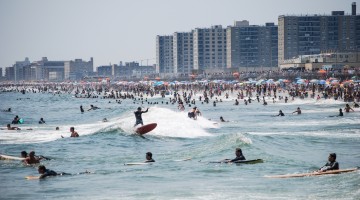


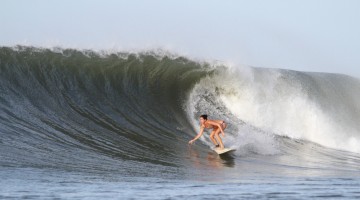


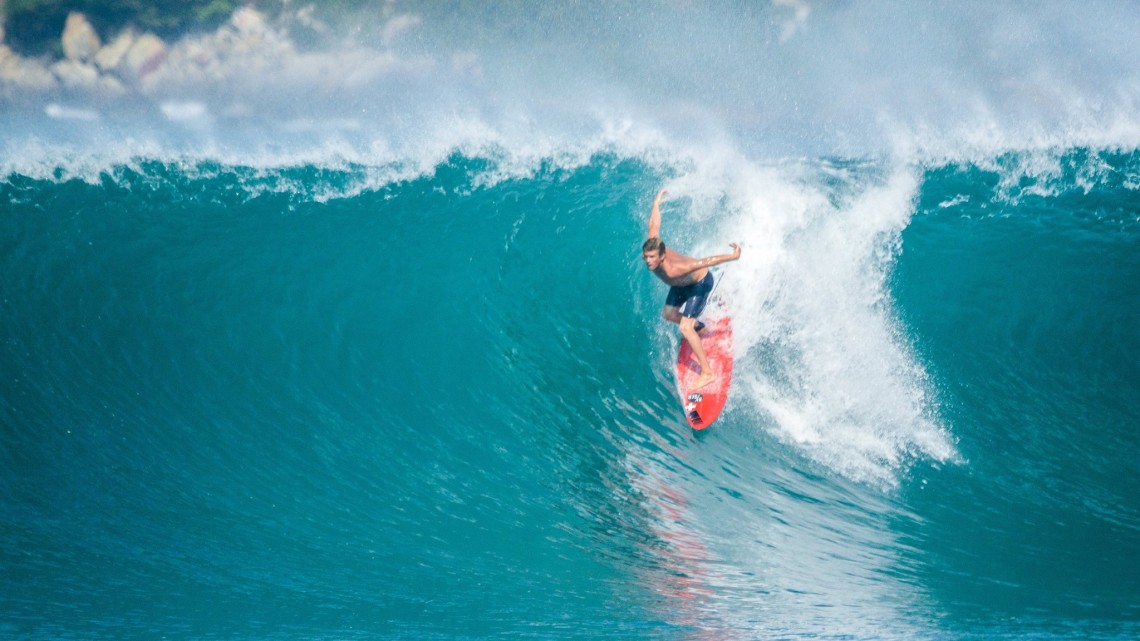



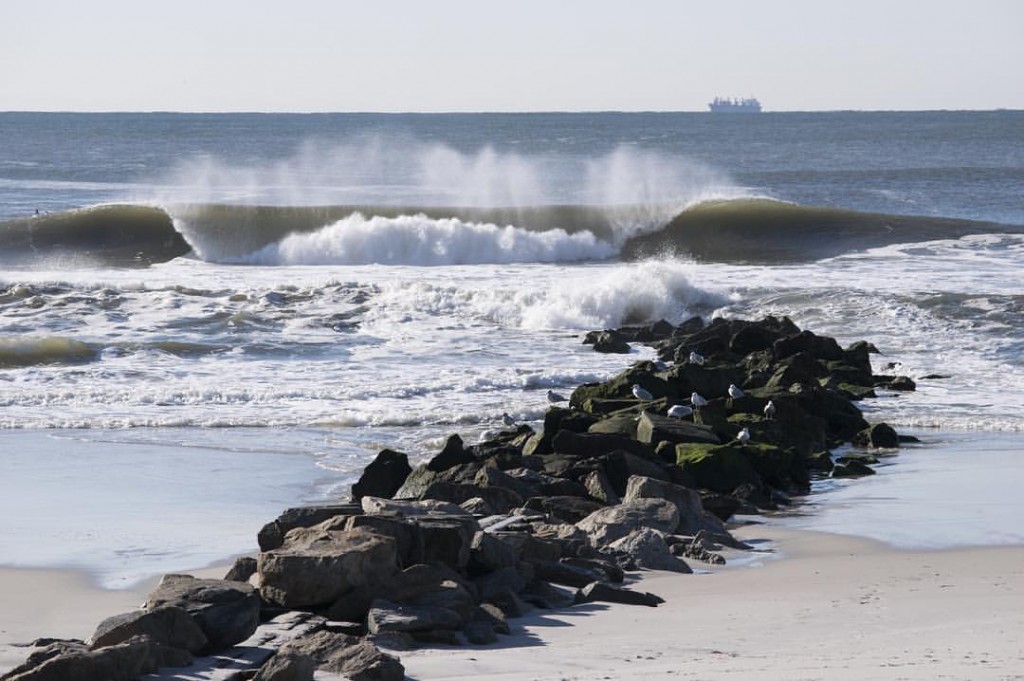
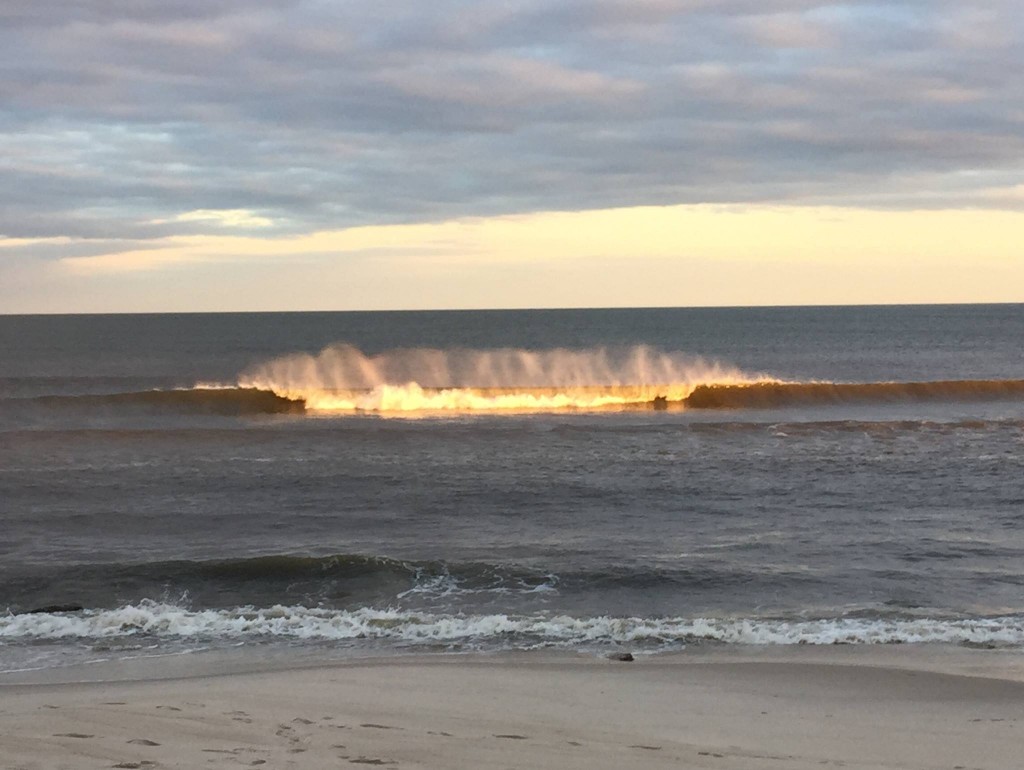


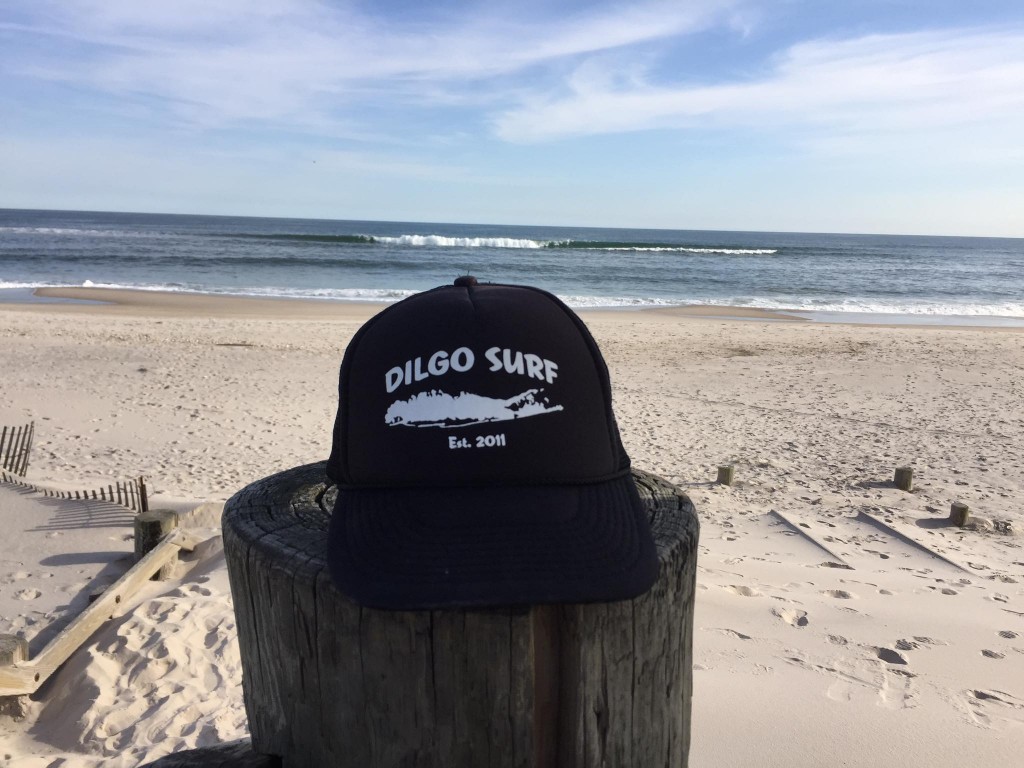
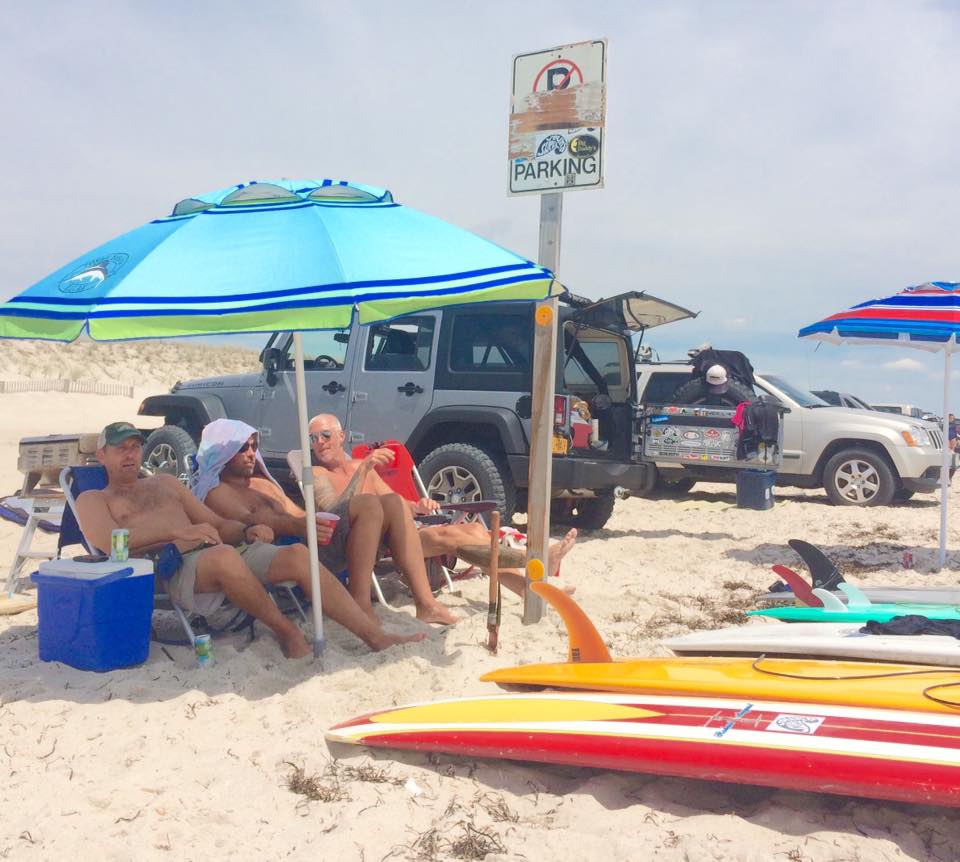


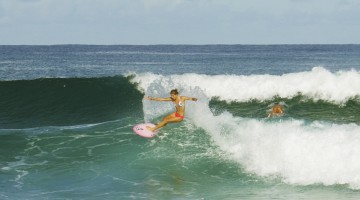
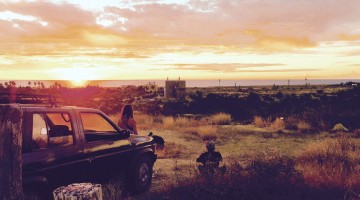
No Comment